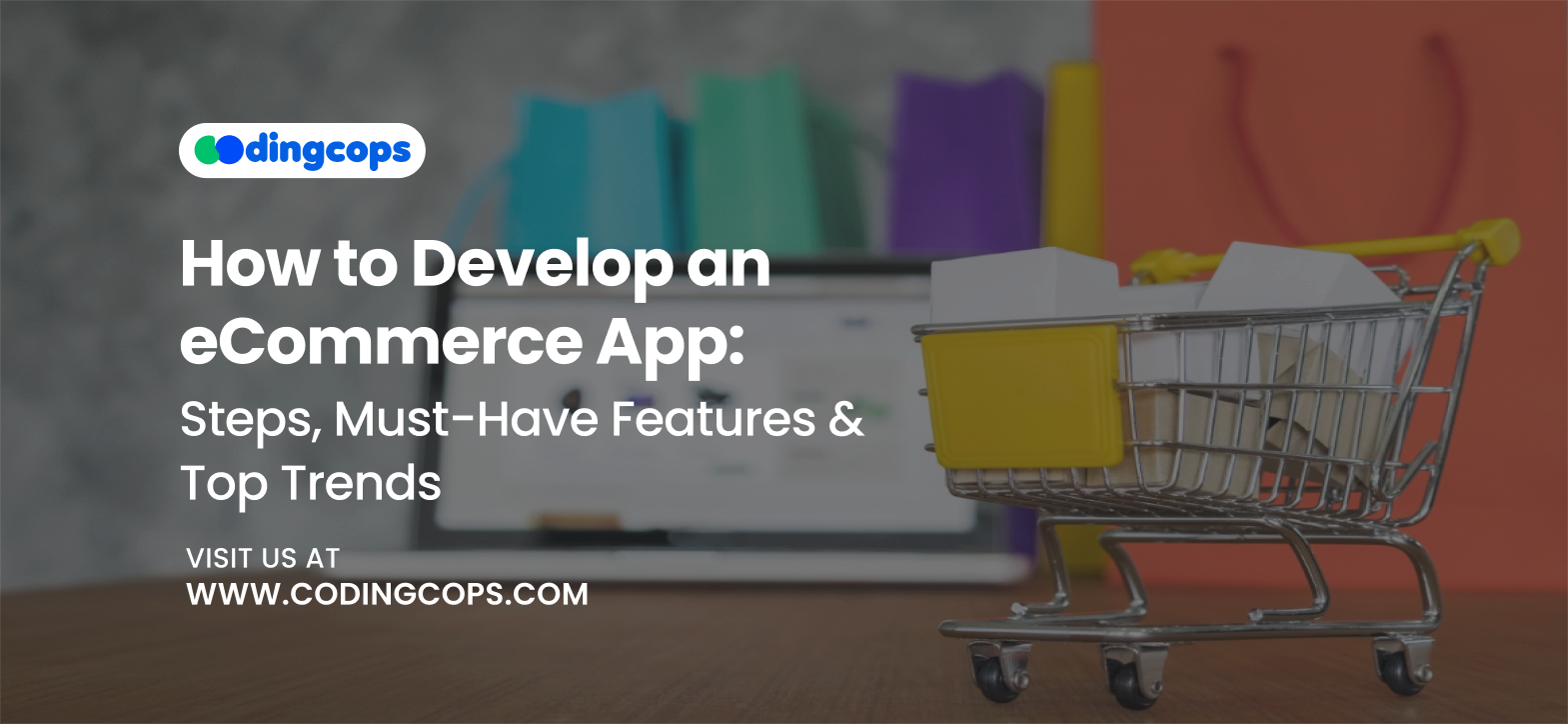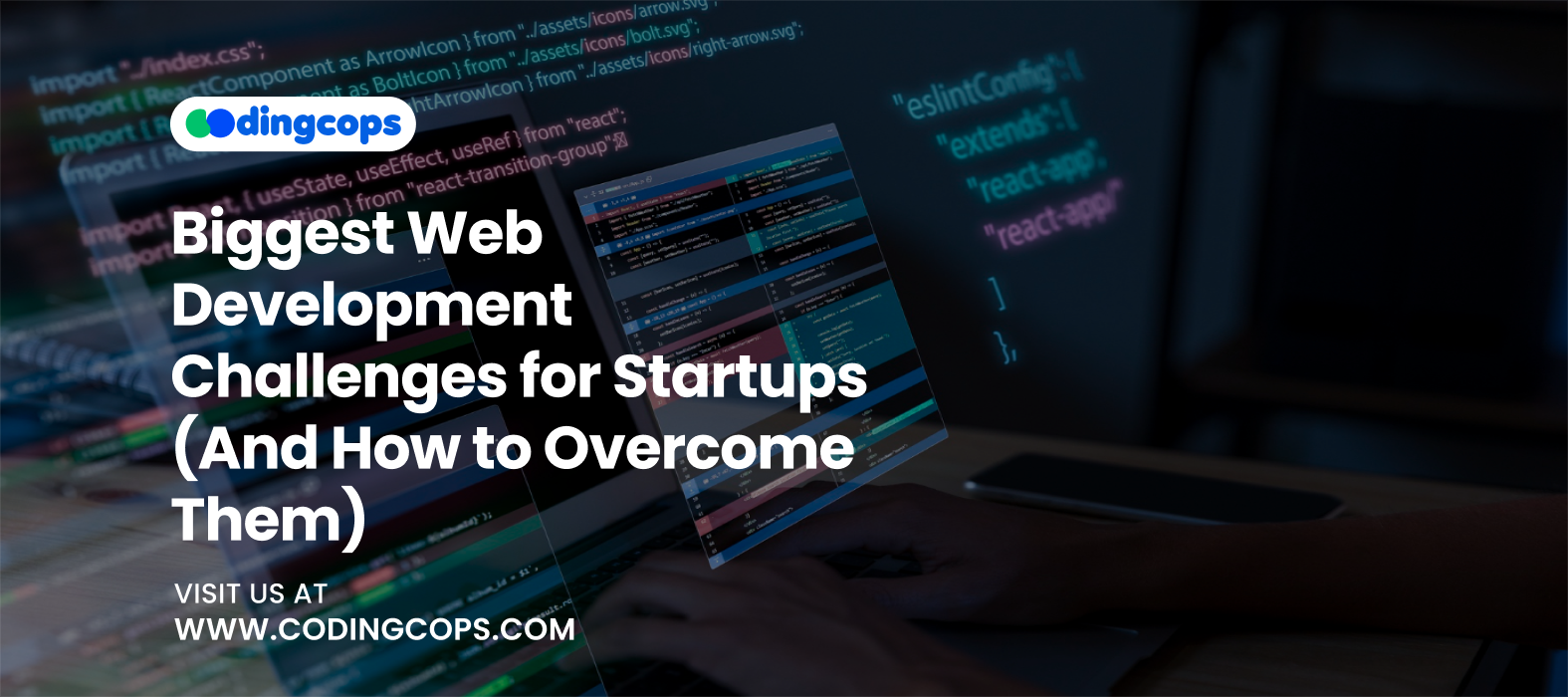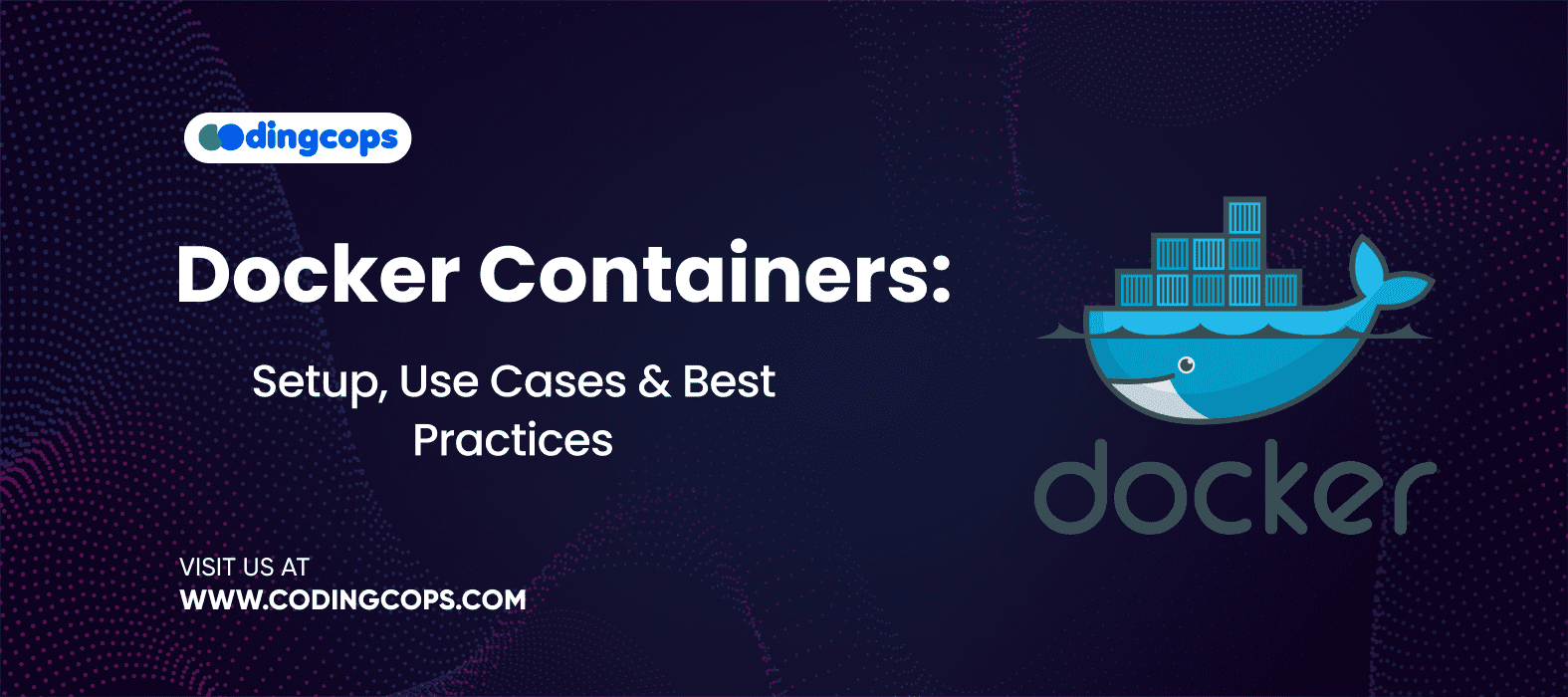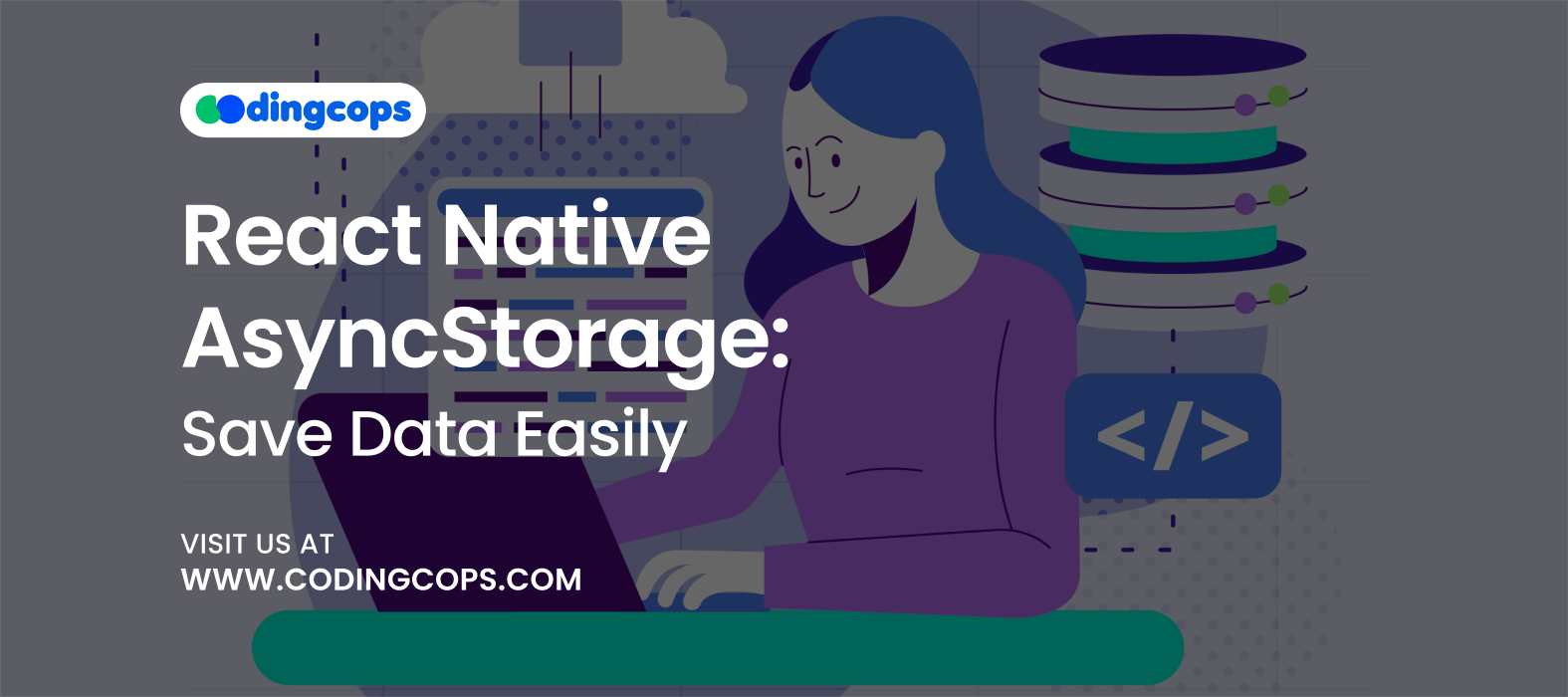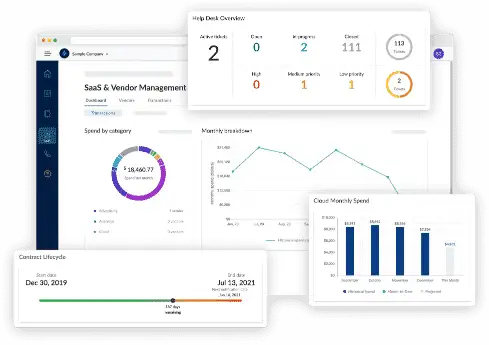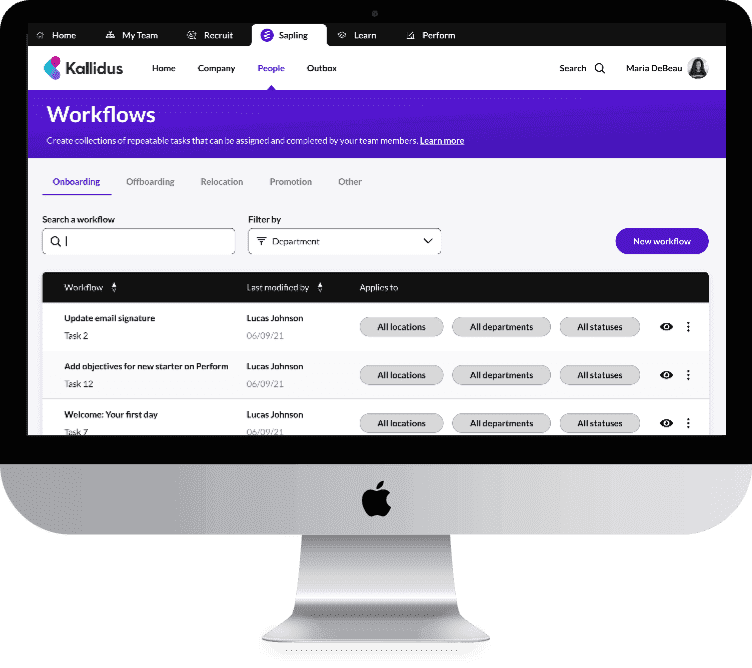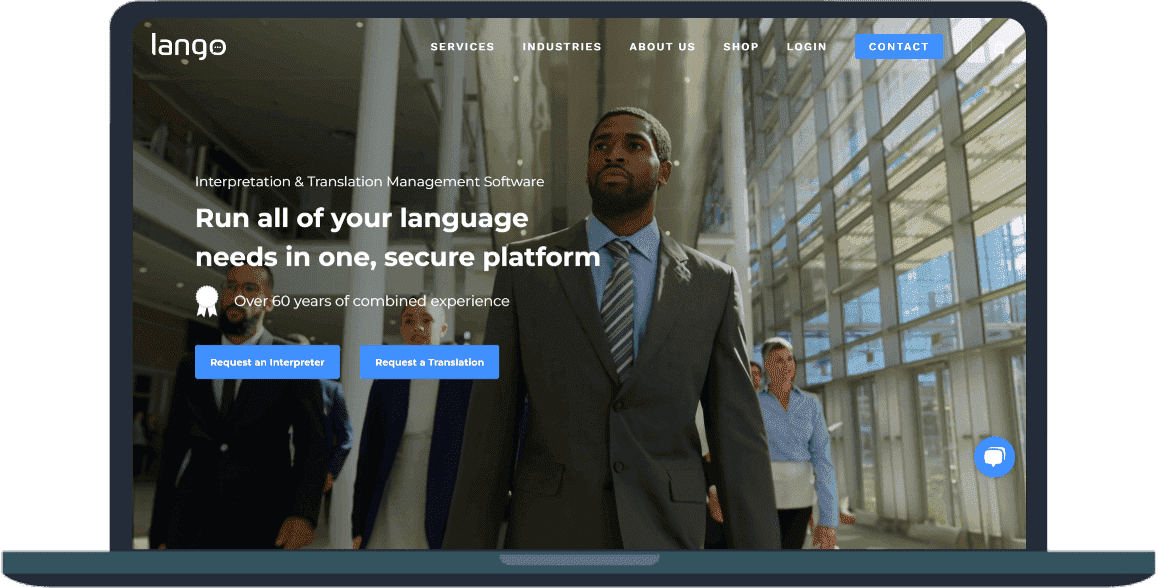According to research, mobile eCommerce will generate $7.08 trillion in sales. This is because of the remarkable expansion of the eCommerce sector, which has been made possible by the rapid use of smartphones. Also, it’s dependent on a change in consumer behavior toward online shopping. As a result, businesses from a wide range of industries are selling their goods using eCommerce applications.
We will take you step by step through each aspect of this tutorial, focusing on key features. Moreover, we will also discuss the emerging trends in eCommerce.
Why is it Important to build an eCommerce App?
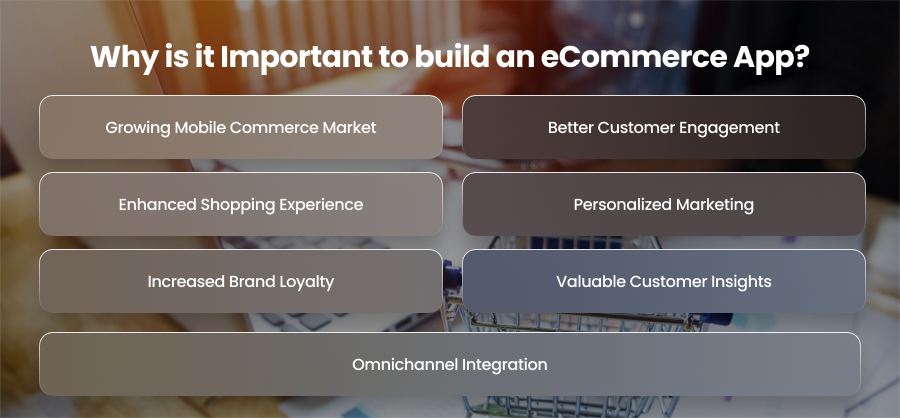
Growing Mobile Commerce Market
The growth of mobile commerce has been fast. Therefore, you are losing out on a sizable audience that wants to purchase on their smartphones if you don’t have a dedicated app. For instance, because it is tailored for user experience and customisation, Amazon’s mobile app alone generates billions of dollars in revenue each year.
Better Customer Engagement
Compared to a website, an app offers additional touchpoints for connecting with clients. Push alerts and tailored suggestions are two examples of features that keep consumers interested and promote repeat business. To increase conversion, a clothes company may, for instance, send consumers who have previously seen comparable goods a push message about a flash sale.
Enhanced Shopping Experience
Apps offer offline access to some functions and more seamless navigation than mobile webpages. Additionally, fewer customers leave between browsing and checkout, which raises customer satisfaction levels all around. Additionally, a well optimized app may drastically lower cart abandonment rates by cutting checkout times from minutes to seconds.
Personalized Marketing
eCommerce applications that use analytics can monitor user actions, such as browsing history and wishlists. This helps the company to provide personalized product suggestions. Additionally, this type of customization immediately increases brand loyalty. One excellent example of customization done properly is Netflix’s recommendation system, which keeps customers interested with pertinent material. The same strategy applies to eCommerce items.
Increased Brand Loyalty
Located directly on the user’s home screen, an app serves as a constant reminder of your business. Users are more inclined to return when they feel like they belong. This is due to loyalty programs.
Valuable Customer Insights
The data generated by your app’s queries may be analyzed to improve product offers. Additionally, these insights assist you in making data driven judgments instead of depending just on intuition.
Omnichannel Integration
No matter where they interact with your company, customers will always have the same purchasing experience. This is because your eCommerce app and website work together seamlessly.
How to Develop an eCommerce App?
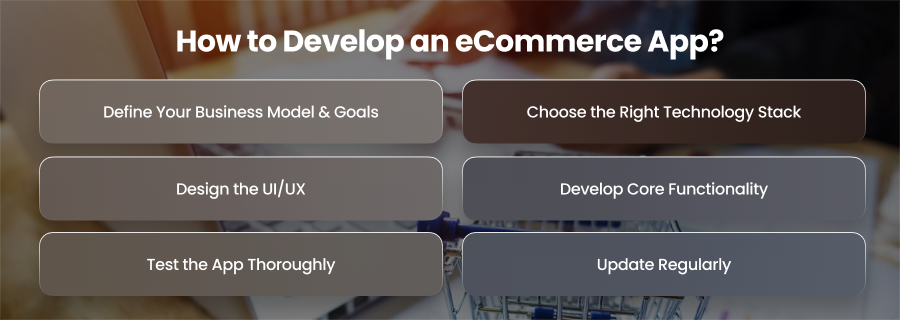
Define Your Business Model & Goals
First of all, you need a crystal clear understanding of your business model and objectives. You should decide whether your app will be B2C or subscription based. Additionally, features and user journeys will be impacted by your decision. Moreover, you should set measurable goals like user retention. Also, you should develop comprehensive user profiles for your target audience. You can launch more quickly and make adjustments based on actual user input if you have a clear MVP feature list.
Choose the Right Technology Stack
The technology you choose will determine your app’s performance and long term viability. Also, you should start by deciding between native development. You can utilize Kotlin for Android apps and Swift for iOS apps. For quicker development, you may also use cross platform frameworks like React Native.
Additionally, Django or Spring Boot are good choices for organized and enterprise level projects, while Node.js is a popular choice for apps that are event driven. Your database should be able to accommodate your data requirements. NoSQL systems like MongoDB offer flexibility for huge product catalogs. On the other hand, traditional databases like PostgreSQL are best suited for complicated transactions.
Design the UI/UX
Users’ initial perceptions of your app’s design may determine whether or not they keep using it. Hence, UI/UX design is extremely critical. Furthermore, an aesthetically pleasing interface. Also, usage simplicity can boost user confidence.
- Keep navigation simple and intuitive
- Use consistent branding and typography
- Ensure the design is mobile first and responsive
- Highlight CTAs clearly
Develop Core Functionality
After your design is complete, developers begin adding the essential features to make your idea a reality. Additionally, at this point, you will concentrate on developing the fundamental eCommerce features first, followed by more complex ones.
Moreover, some core development tasks include:
- Product catalog integration
- User account creation and management
- Secure payement processing
- Shopping cart and checkout process
- Order management system
Test the App Thoroughly
Errors will still happen even if you are a skilled programmer. As a result, testing guarantees that your program functions properly on a variety of devices. Types of testing to include:
- Functional testing: Verifies that every feature functions as intended.
- Usability testing: Guarantees a smooth user experience.
- Performance testing: Measures load speed and responsiveness
- Security testing: guards against weaknesses such as data leaks
Update Regularly
Launching your app is just the beginning. Moreover, continuous maintenance keeps your app relevant. Furthermore, it also keeps your app competitive and secure. These tasks include:
- Fix bugs and glitches promptly.
- Release feature updates to enhance user engagement.
- Utilize analytics to optimize performance.
- Update your security procedures.
Furthermore, by demonstrating that your platform is active, frequent upgrades assist draw in new clients while also keeping hold of current ones.
Features in an eCommerce App
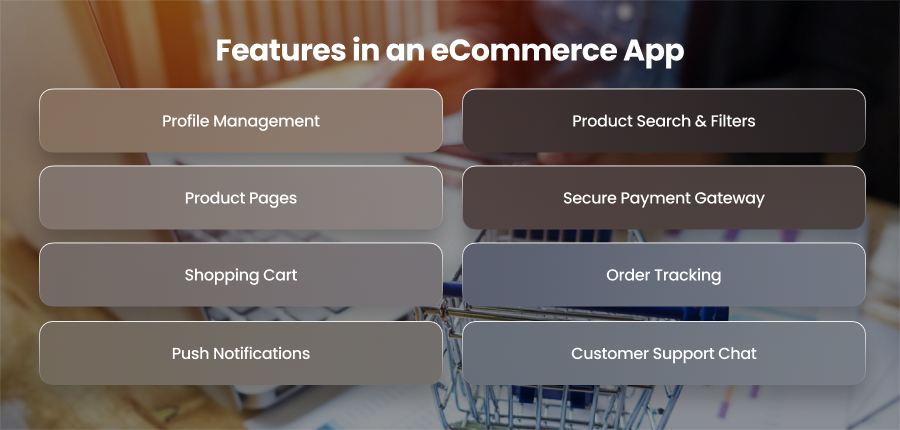
Profile Management
Profile management allows users to create and manage their personal accounts easily. Additionally, a well designed profile system lets users preserve payment information and personal information for quicker checkouts. Furthermore, the experience may be made even more interesting by personalizing features like showing suggested items or providing loyalty benefits depending on user behavior. Additionally, providing social network and email sign-in choices improves ease and promotes additional sign ups.
Product Search & Filters
In an eCommerce app, product discovery is key. Additionally, a reliable search feature that makes recommendations automatically aids users in finding what they’re looking for fast. Users may spend less time exploring and refining their search results by using filters like price range. Additionally, sophisticated search tools like voice or image based search can simplify the purchasing process.
Product Pages
A product page serves as the main decision making point for a buyer. Moreover, it should include high quality images and detailed product descriptions. Furthermore, it should also include available sizes or variants and customer reviews. Additionally, you should include multiple images and even short videos can help customers visualize the product better. Also, you should add compelling CTAs for users to take action.
Secure Payment Gateway
Security is non negotiable in eCommerce. Integrating a reliable and secure payment gateway ensures that customer transactions are protected. Also, you should implement SSL encryption and fraud detection mechanisms builds trust and reduces the risk of chargebacks.
Shopping Cart
Customers may review the items they have selected in the shopping basket before making a transaction, ensuring that the costs of shipping are transparent. Additionally, by enabling users to store items they like but might not want to purchase right away, a wishlist feature helps boost future conversions. Adding price decrease or stock alert notifications to wishlist products might also promote purchases.
Order Tracking
By enabling customers to follow their purchases from confirmation to delivery, order tracking provides them with peace of mind. Transparency is further preserved with real time tracking updates and shipping status alerts. Additionally, tracking may be made more precise and smooth by linking with well known logistics APIs.
Push Notifications
Push notifications are a useful tool for maintaining user engagement. They may also be used to send cart reminders. Also, they provide notifications about new arrivals. To prevent disturbing clients, messages should be timely and tailored to each individual. Additionally, audience segmentation guarantees that each user gets pertinent updates.
Customer Support Chat
A built in chat feature for customer service speeds up problem solving and raises user satisfaction levels. Additionally, providing live chat with human agents or even a hybrid model guarantees that clients receive assistance when needed. This includes support for multiple languages can be a huge advantage for apps targeting diverse markets.
Trends in eCommerce App Development
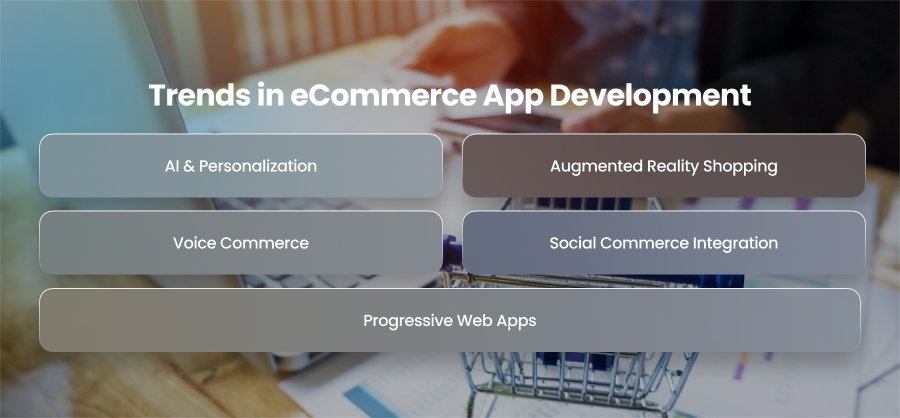
AI & Personalization
AI has changed the eCommerce sector by allowing companies to provide individualized purchasing experiences on a large scale. In order to make appropriate product recommendations and increase engagement rates, AI algorithms examine user behavior. Additionally, features like tailored marketing campaigns and intelligent recommendations guarantee that consumers feel appreciated and understood. AI powered chatbots may also respond to inquiries. This frees up human support teams and offers immediate assistance.
Augmented Reality Shopping
Online purchasing is changing as a result of augmented reality, which connects virtual and real world activities. With AR, consumers can virtually try on clothing or test out different cosmetic hues to see things in their real world setting before making a purchase. This technology significantly reduce return rates by helping customers make more informed decisions.
Voice Commerce
Voice commerce is becoming more and more popular as speech assistants like Alexa become more integrated into people’s daily lives. Additionally, customers may now browse for products. This hand-free shopping experience can be especially alluring to people who multitask or have accessibility issues. Additionally, eCommerce applications need to be voice search optimized and integrated with popular speech enabled devices to be competitive in the market.
Social Commerce Integration
eCommerce apps are increasingly integrating social commerce, and social media platforms are becoming successful sales channels. Features like shoppable posts and influencer driven campaigns allow brands to reach customers where they already spend a lot of time. Furthermore, social commerce integration makes the process of finding and buying products easier.
Progressive Web Apps
Progressive Web applications provide quick loading times and an app like experience without the need for downloads, combining the best features of native applications. PWA offers eCommerce companies an affordable means of reaching a larger audience across devices while preserving good performance. Because they provide a seamless user experience even in the face of subpar network circumstances, they are especially useful in areas with slower internet connections. PWAs are increasingly being considered as a strategic option for contemporary eCommerce development because to their enhanced accessibility and reduced development costs.
Final Words
Innovation and customer focused experiences are key to the future of eCommerce app development. Two innovations that help businesses stay competitive are PWAs and AI personalization. They may also help businesses create immersive shopping experiences. It also encourages greater customer participation in an increasingly digital world.

